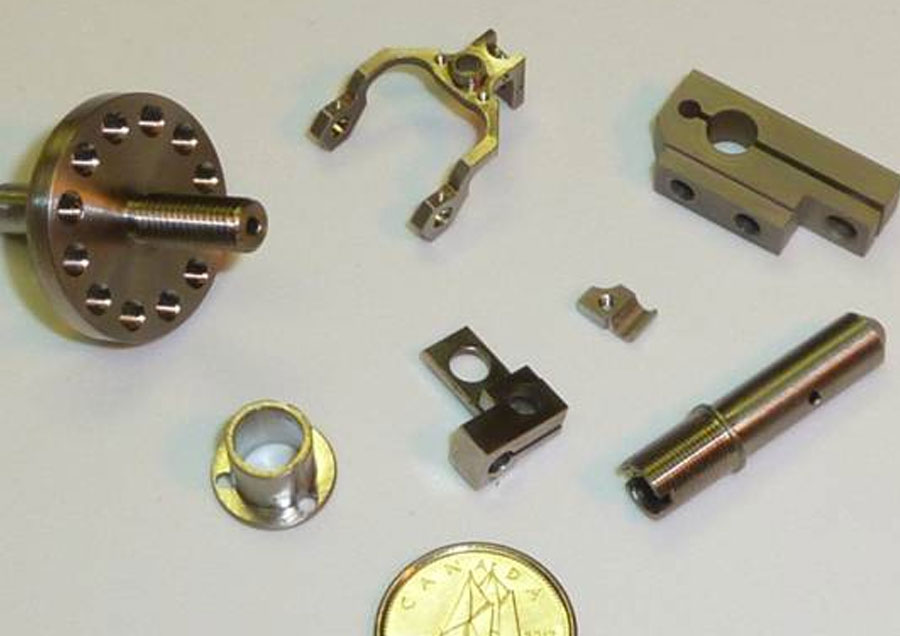There are many variables to think about when you send parts out for quotation. If you plan correctly, you will get the best price and delivery. Below are some of the factors that can dramatically affect the cost of your parts.
Drawings
Drawings should have these elements to avoid misinterpretation:
- Clearly defined notes.
- General tolerances.
- Desired surface roughness.
- Surface finish or process.
- Sketches are to be avoided.
Tolerances
- Tolerances are a major cost driver when manufacturing parts.
- Unnecessary tight tolerances should be avoided to lower costs.
- We are experts at tolerance interpretation. Ask us if you’re not sure what tolerance to put.
Quantity
- Parts made on CNC machines require set-up, programming and fixtures.
- Set-up is a fixed cost, making quantity 1 very expensive.
- Increase quantities when possible to distribute set-up cost across more units.
- Ask us to separate the non-recurring expense (NRE) like programming and fixtures. This will give you a more realistic unit cost.
Material
- Material is better priced if it is readily available. Non-standard material is usually harder to find and more expensive.
- Use stock materials whenever possible. Non-standard thickness requirements are a major cost driver. Keep in mind that surface finish may be sacrificed if you use stock material.
- Low quality and cheaper materials like commercial steel are sometimes more difficult to machine.
- Higher quality materials usually offer better surface finishes.
- The cost of material is often a very small fraction of the part price (2%-5%).
- Using a higher quality material can reduce machining time and result in a lower price per unit.
Lead Time
- Try to get your parts made within our standard lead time. This varies based on demand.
- Ask what our standard lead-time is when requesting a quote.
- Short lead times may incur an expedite fee if the required equipment is occupied.
- We run two shifts to provide shorter lead times.
Surface Roughness
- Surface roughness smaller than 63 RMS can get pricey. Select the proper roughness for your application.
- Indicate which surfaces require a better finish. Non-visible surfaces do not need a cosmetic finish.
- When good finish is required we are the experts.
Follow the above checklist before you send your drawings to us. You will be guaranteed to save time and money.



